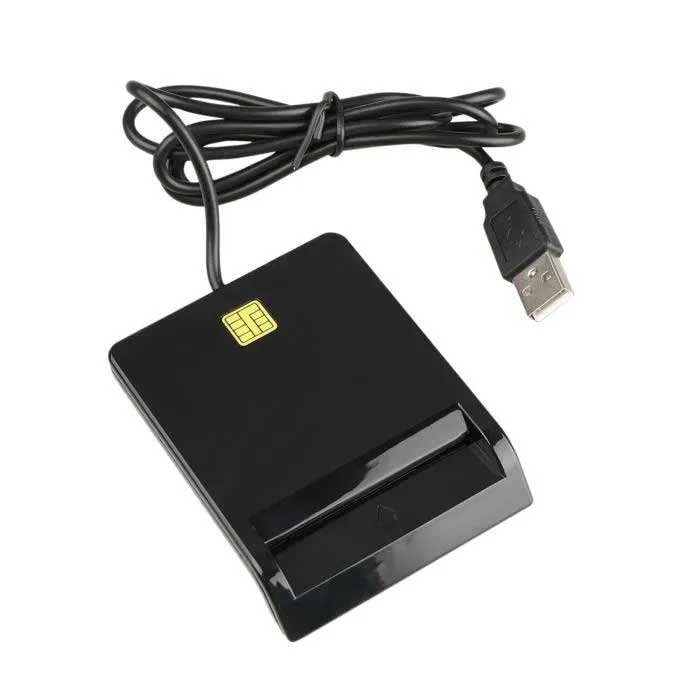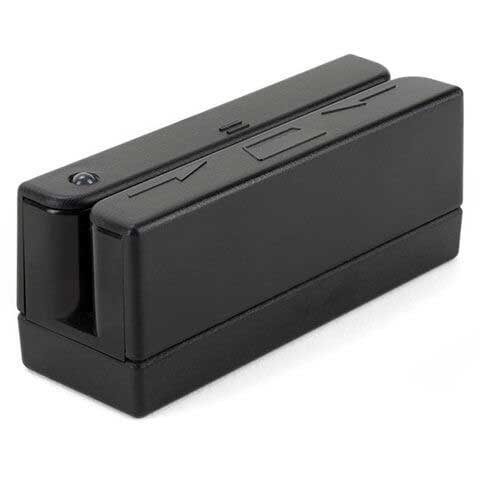What is an POS machine and how does it work?
The Electronic Payment Terminal (POS) is a device used by merchants to accept and settle bankcard transactions.
card transactions.
The electronic payment terminal (EPT)
The electronic payment terminal performs three main functions
- Reading bankcard data, with PIN entry if required.
- Communication with the acquiring banks’ systems.
- Recording transactions
In medium and large retail outlets, the electronic payment terminal is connected directly to a cash register. On the one hand, it plays a central role in the relationship between the merchant and his customer. On the other hand, it also plays a role between the retailer and the bank. It must also enable cards issued in France and abroad to be accepted. In addition, it must comply with strict specifications requiring compliance with very high security standards.
Manufacturers must be approved to manufacture and market EPT. In France, these approvals are issued by the GIE Cartes Bancaires, which ensures that the electronic payment terminal manufactured meets the specifications. The electronic payment terminal has two card readers:

The smart card reader
First of all, EFTPOS terminals with magnetic stripe readers are only able to read magnetic stripe cards. They are not equipped with a chip. This reading device offers virtually no security and is not recommended by the Visa and MasterCard networks. However, this type of Eftpos terminal is still used in some countries, such as the United States, which have not yet migrated to the EMV standard.
The magnetic stripe reader
Next, EFTPOS terminals with chip card readers are able to read both magnetic stripe cards and chip cards. POS terminals that had a magnetic stripe reader have been equipped with an additional reader to be able to read smart cards. If the card used for the transaction has a chip, the EFTPOS terminal will read the chip. Otherwise, it will read the card’s magnetic stripe.
Eftpos terminals in all SEPA countries can read chip cards. This is one of the consequences of the implementation of the SEPA Cards Framework project, the aim of which was to create an interoperability framework for the use of cards throughout the SEPA zone under the same technical, legal and security conditions.

Contactless payment – NFC
Since 2010, contactless payment has grown considerably in France, and even more so since the Covid-19 pandemic. In fact, in 2020, 47% of French banking transactions were made using contactless payment. Quicker and more convenient at the point of sale, this new payment habit has meant that the installed base of electronic payment devices has also evolved. Eftpos terminals are now equipped with the NFC (Near Field Communication) protocol, which enables data to be exchanged over a very short distance.